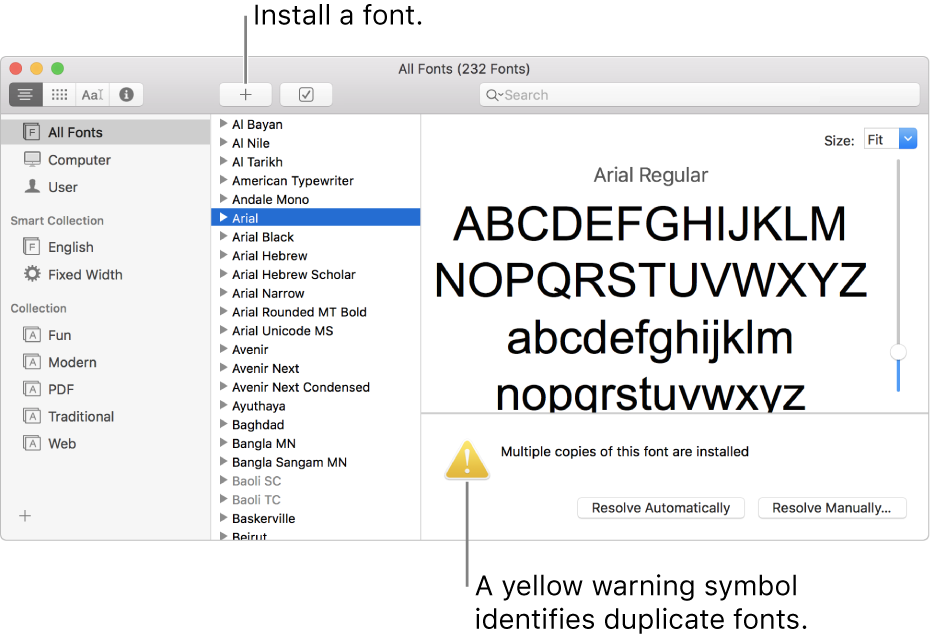

So it’s just a matter of clicking that dash/downarrow thing at the end of these icons to add more. There should be a few of them there by default, like a Send/Receive icon, a lightening bolt which is your edit Quick steps icon and maybe the Undo icon will be there. Once you click Print a small printer icon appears on your row of little icons in the upper left corner.

When you mouse over the dash/upside down arrow you’ll see it says “Customize your Quick Access Toolbar” so just click that dash/upside down triangle and you get a drop down of things you can add to your Quick access toolbar and Print is one of them. This is called your “Quick Access Toolbar”. More conveniently, above the File tab/Ribbon in the upper left corner of your Outlook screen is a set of small icons and to the right of them is a dash with a triangle pointing down below it. Click the File tab on the far Left of the ribbon. Then close Word and open a new instance of word and let me know if your font did not stick. By default the “this document only” radio button is chosen, so change it as described and click OK. At the bottom, click the radio button that says “New documents based on this Template”. Then in the next window change the font in the formatting section about half way down the dialog. You are right, Word 2010 in Win7 does not give you the option to run as admin, sorry about that.īut the method at the very top of this forum is not how I’ve done it.ĭid you try the way I did it? Try hitting Control-Shift-S with a new document open and you’ll get a small window with the Normal style defaulted in the dropdown textbox. Now Click Set as default at the bottom to save the changes to default. Under Character Spacing, change default settings for character spacing and from OpenType Features, you can change different settings for Ligatures, Number spacing, Number forms, Stylistic sets. For configuring advance settings, switch to Advanced tab. From here you can set Text Fill, Text Outline and Outline Style, and apply different Shadow, Reflection styles etc. Now click Text Effects, to customize advance effects of font.

You can see all the changes in Preview pane. From Effects, enable different font effects options. You can also set some extra font settings such as, Font color, Underline Style and Color. From Font select the font, under Font style select desired style and from Size change size for default font. You will reach Font main dialog, start changing default basic settings. To change default font setting, launch Word 2010, navigate to Home tab and from Font group, click small button at the right-bottom of group area. In this post we will be guiding you through step-by-step procedure of changing default font settings and styles.
#Word for mac, set font preference how to
Step 4: Click the Yes button to confirm that you want to set the chosen fault as your new default in Word 2011.Īre you worried about losing information that you have typed into your document, but haven’t yet saved? Learn how to increase the AutoRecover frequency in Word 2011 so that Word automatically saves copies of your documents in case the computer shuts down unexpectedly, or Word 2011 crashes.Word 2010 default font is Calibri, which is still not that much popular among users, but Word 2010 is flexible enough to let users change the default font settings. Step 3: Select the Font that you want to use as your default, then click the Default button at the bottom-left corner of the window. Step 2: Click Format at the top of the screen, then click Font. If you have other templates that you use, the font will not be changed for those unless you follow these steps for those templates as well. Note that this method is going to change the default font for the Normal Word template. This will ensure that any new document you create will be using the new default font that you have set using our steps below. One good way to make sure that you are always using the correct font in Word 2011 is to set a new default. These guidelines can include things like page numbering and spacing, and even specific fonts. If you work for a large institution, or are attending a school with picky instructors, then there might be specific guidelines in place for documents that you create.


 0 kommentar(er)
0 kommentar(er)
